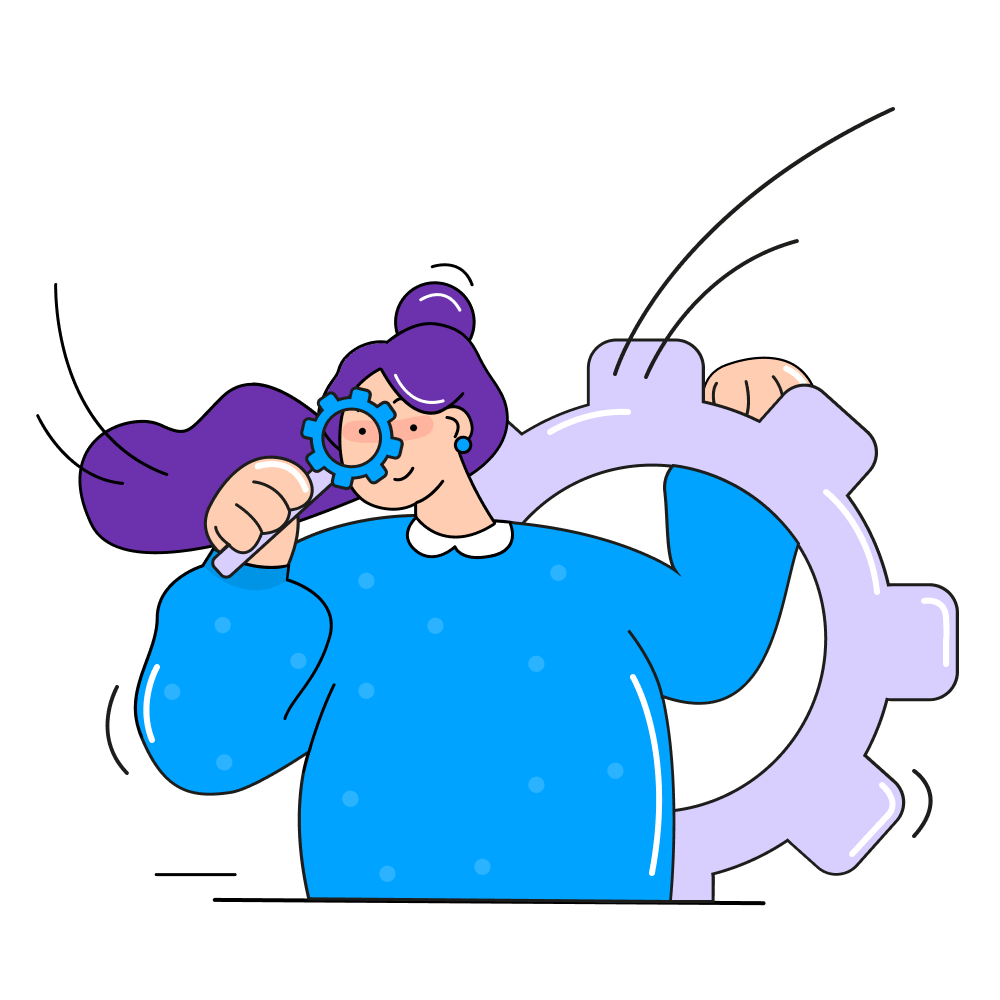frankoceanmerchshop
Frank Ocean and the Quiet Power of Visual Art
Frank Ocean is often recognized as a masterful storyteller in music—a boundary-breaking artist who redefines genres and emotional expression with every release. But beyond his sonic contributions, Ocean has also been quietly but profoundly influential in the realm of visual art and design. From album covers to magazine layouts, fashion collaborations to his own merchandising aesthetics, Frank has established himself as a curator of feeling through visual media, not just audio.
This attention to visual language extends to his website launches, Tumblr posts, and magazine Boys Don’t Cry, which blurred the lines between a zine, a photo book, and a manifesto. The aesthetics evoke emotions that don’t need to be explained. That’s the Frank Ocean experience: feeling first, analysis later.
His approach is especially subversive in a culture of over-branding. While artists often drop merchandise that screams their name in loud fonts and bright colors, Ocean’s merch feels like an extension of his personal wardrobe—understated, sometimes cryptic, and always reflective of his sensibility. You can visit his fan-curated store at:
https://bitspower.com/support/user/frankoceanmerchshop
to get a sense of how minimalism and emotional clarity influence even the design of tees and hoodies.
Many fans interpreted Endless as more than a contractual obligation to Def Jam; it was a standalone art piece. It emphasized process over performance. Ocean took what could’ve been a throwaway project and turned it into something existential and cinematic. That, too, is a form of visual authorship.
On fan forums and discussion threads, many users trade interpretations of his visuals with the same intensity usually reserved for lyrical analysis. One such active discussion can be found at:
https://forums.huntedcow.com/index.php?showuser=162599
where fans deep-dive into thematic meanings hidden in his imagery and merch design.
What’s remarkable is how Ocean never confirms or denies these interpretations. In doing so, he protects the interpretive space his fans inhabit, making the experience more participatory and alive.
Moreover, his interest in spatial design became evident when Ocean revealed his admiration for architectural texts and even mentioned the possibility of working with spatial designers for future projects. As a person fascinated by structure—both in song and in space—it wouldn’t be surprising if Ocean’s next frontier involved a more physical canvas.
Fans are eagerly speculating on what this evolution could mean. Could we see Frank Ocean-designed installations? Pop-up spaces that merge sound, scent, architecture, and fashion? The groundwork seems to be quietly laid.
Interestingly, there are niche communities where fans track rare merch releases and compare them not by resale value, but by emotional significance. One such fan’s profile archive is at:
https://mypage.syosetu.com/mypage/profile/userid/2899766/
which serves as a visual diary of ownership, memory, and emotional connection to Ocean’s universe.
This isn't commerce; it’s communion. And it further cements Ocean’s role as an artist who dissolves the boundary between product and poetry.
Conclusion: Art in Silence
In a world obsessed with noise—metrics, algorithms, trends—Frank Ocean operates in silence, building meaning through minimalism. His visuals are not just backdrops to his music; they’re standalone essays in tone and sentiment. Whether through the grayscale blur of a VHS-filtered video or the empty white space of a merch tag, Ocean speaks to those who look closer.
Frank Ocean doesn’t need to be prolific to be powerful. He has already rewritten the rules of visual identity for musicians. And if the past is any indication, whatever medium he touches next—architecture, fashion, film—it will carry the same introspective depth that fans have come to cherish.
Frank Ocean is often recognized as a masterful storyteller in music—a boundary-breaking artist who redefines genres and emotional expression with every release. But beyond his sonic contributions, Ocean has also been quietly but profoundly influential in the realm of visual art and design. From album covers to magazine layouts, fashion collaborations to his own merchandising aesthetics, Frank has established himself as a curator of feeling through visual media, not just audio.
A Meticulous Visual Language
From the moment Blonde dropped in 2016, its understated cover—featuring a candid shot of Ocean in a green-haired phase, shielding his face under running water—invited a different kind of intimacy. The minimalism of the design, the absence of text, and the mysterious packaging choices were all deliberate. Frank Ocean doesn’t do overexposure; instead, he crafts visual moods that mirror the internality of his soundscapes.This attention to visual language extends to his website launches, Tumblr posts, and magazine Boys Don’t Cry, which blurred the lines between a zine, a photo book, and a manifesto. The aesthetics evoke emotions that don’t need to be explained. That’s the Frank Ocean experience: feeling first, analysis later.
Fashion, Identity, and Anti-Hype
Another visual dimension of Frank Ocean is his complex relationship with fashion. While he’s been spotted at the Met Gala, and once made headlines by wearing a custom green baby robot accessory by Prada, Ocean rarely leans into the hype machinery of celebrity fashion. His choices feel personal rather than promotional. He often wears heritage pieces or underground labels, quietly shifting trends without needing to shout.His approach is especially subversive in a culture of over-branding. While artists often drop merchandise that screams their name in loud fonts and bright colors, Ocean’s merch feels like an extension of his personal wardrobe—understated, sometimes cryptic, and always reflective of his sensibility. You can visit his fan-curated store at:
https://bitspower.com/support/user/frankoceanmerchshop
to get a sense of how minimalism and emotional clarity influence even the design of tees and hoodies.
Visual Storytelling Beyond the Music
Frank Ocean is a rare artist who thinks in multimedia narratives. The release of Endless—a 45-minute visual album—was a bold statement about the possibilities of storytelling in 3D space. The black-and-white footage of Frank building a spiral staircase in a warehouse was meditative, a physical metaphor for his creative ascent. It defied conventional album rollouts and placed emphasis on the act of creating, not just the product.Many fans interpreted Endless as more than a contractual obligation to Def Jam; it was a standalone art piece. It emphasized process over performance. Ocean took what could’ve been a throwaway project and turned it into something existential and cinematic. That, too, is a form of visual authorship.
The Influence on Contemporary Artists
Younger artists like Steve Lacy, Blood Orange (Dev Hynes), and even visual stylists in fashion photography have cited Ocean’s blend of emotional vulnerability and visual purity as a major influence. His ability to evoke nostalgia and melancholy not just in lyrics but in the grain of an image or a font choice has become a kind of signature for a new generation.On fan forums and discussion threads, many users trade interpretations of his visuals with the same intensity usually reserved for lyrical analysis. One such active discussion can be found at:
https://forums.huntedcow.com/index.php?showuser=162599
where fans deep-dive into thematic meanings hidden in his imagery and merch design.
What’s remarkable is how Ocean never confirms or denies these interpretations. In doing so, he protects the interpretive space his fans inhabit, making the experience more participatory and alive.
From Music to Architecture?
In recent years, Frank Ocean has shown interest in architectural design. Some speculate that his mysterious Homer brand—founded in 2021 and shrouded in secrecy—may extend into more than just jewelry and printed catalogs. The brand’s first catalog included photos taken by Ocean himself, set in meticulously curated environments.Moreover, his interest in spatial design became evident when Ocean revealed his admiration for architectural texts and even mentioned the possibility of working with spatial designers for future projects. As a person fascinated by structure—both in song and in space—it wouldn’t be surprising if Ocean’s next frontier involved a more physical canvas.
Fans are eagerly speculating on what this evolution could mean. Could we see Frank Ocean-designed installations? Pop-up spaces that merge sound, scent, architecture, and fashion? The groundwork seems to be quietly laid.
Merch as Extension, Not Advertisement
Unlike many of his contemporaries, Ocean doesn’t use merch as a promotional tool. Instead, it functions as a memory capsule—a wearable fragment of a larger emotional story. Each drop is intentional, often with limited availability, and usually tied to a specific artistic moment rather than a conventional album tour.Interestingly, there are niche communities where fans track rare merch releases and compare them not by resale value, but by emotional significance. One such fan’s profile archive is at:
https://mypage.syosetu.com/mypage/profile/userid/2899766/
which serves as a visual diary of ownership, memory, and emotional connection to Ocean’s universe.
This isn't commerce; it’s communion. And it further cements Ocean’s role as an artist who dissolves the boundary between product and poetry.
Conclusion: Art in Silence
In a world obsessed with noise—metrics, algorithms, trends—Frank Ocean operates in silence, building meaning through minimalism. His visuals are not just backdrops to his music; they’re standalone essays in tone and sentiment. Whether through the grayscale blur of a VHS-filtered video or the empty white space of a merch tag, Ocean speaks to those who look closer.
Frank Ocean doesn’t need to be prolific to be powerful. He has already rewritten the rules of visual identity for musicians. And if the past is any indication, whatever medium he touches next—architecture, fashion, film—it will carry the same introspective depth that fans have come to cherish.




